Introduction
As Nepalese spiritual art and Tantric artefacts find their way into Western homes, many new collectors encounter two fierce-looking deities: Mahākāla and Bhairava. Their wrathful forms, adorned with skulls, weapons, and wild expressions, can seem eerily similar at first glance. But are they the same? The short answer: No.
Understanding the deep differences between these two powerful figures isn't just spiritually respectful—it’s essential for collectors, artists, and anyone drawn to Nepalese heritage.
This guide breaks down their distinct origins, spiritual lineages, and symbolic differences, helping Western buyers make informed and meaningful purchases.
Origins of Mahākāla and Bhairava — A Spiritual Divergence
Mahākāla: A Guardian of Buddhist and Hindu Dharma
The name Mahākāla means “Great Time” or “Great Black One,” symbolizing the eternal force beyond birth and death. Mahākāla originated within Vajrayāna Buddhism as a Dharmapāla, or Dharma protector, responsible for destroying inner and outer obstacles to enlightenment.
Bhairava: The Fierce Face of Shiva
Bhairava, by contrast, is purely rooted in Hindu Shaivism. His name translates to “The Terrifying Roar” or “The Frightening One.” He is said to have manifested when Shiva, in divine rage, severed the head of Brahma, giving rise to the fearsome guardian of sacred space and spiritual discipline.
Bhairava is often the protector of temples, the enforcer of cosmic law, and the annihilator of ego.  Bhairav Depiction in Thangka
Bhairav Depiction in Thangka
Lineages and Regional Variations
Mahākāla’s Buddhist Lineage and Tantric Significance
Across Tibetan, Mongolian, and Newar Buddhist communities in Nepal, Mahākāla is revered in various forms:
-
Two-armed Mahākāla (Ekavīra)
-
Four-armed (Chaturbhuja)
-
Six-armed (Ṣaḍbhuja)
These forms often emerge as emanations of Avalokiteśvara, the Bodhisattva of compassion. Despite his terrifying appearance, Mahākāla’s mission is one of mercy—he destroys delusion to clear the path to enlightenment.
Bhairava’s Hindu Lineage and Multiple Manifestations
Bhairava, especially in Nepalese and Indian Shaiva Tantra, appears in multiple terrifying forms:
-
Ashta Bhairava (eight aspects, each with a distinct temperament)
-
Kāla Bhairava (time-aspect, especially worshipped in Ujjain and Varanasi)
-
Batuk Bhairava (child-form, gentler protector)
In Kathmandu, Bhairava’s presence is deeply woven into the cultural and spiritual fabric. Massive statues like Akash Bhairava and Swet Bhairava are publicly honored during major festivals.  Read more about the Eight Bhairavs of Kathmandu Valley (ASTA BHAIRAV)
Read more about the Eight Bhairavs of Kathmandu Valley (ASTA BHAIRAV)
How to Tell Them Apart: Iconic & Artistic Differences
Understanding the visual and symbolic cues can help Western buyers correctly identify each deity and make informed purchases.
Mahākāla – The Wrathful Time-Conqueror
-
Color: Typically black or midnight blue
-
Arms: Often 2, 4, or 6, depending on form
-
Key Symbols:
-
Skull cup (kapāla)
-
Crescent knife (kartrī)
-
Trident or staff
-
-
Crown: Five skulls symbolizing transformed ego
-
Pose: Standing atop demons or humans (overcoming delusion)
-
Role: Compassionate destroyer, guardian of Buddhist teachings
Bhairava – The Guardian of Sacred Space
-
Color: Ranges from red to black to gold, depending on the form
-
Arms: Typically 4, 6, or 8
-
Key Symbols:
-
Trident (trishula)
-
Drum (ḍamaru)
-
Sword, noose, skulls
-
-
Companion: Often depicted with a dog (his vahana)
-
Role: Fierce destroyer of ego, protector of cosmic order, and tantric initiator
Why the Confusion? Mislabeling in Artefact Markets
Overlapping Wrathful Imagery
Because both deities appear terrifying—with bulging eyes, flaming halos, and skull crowns—mass-market sellers or uninformed resellers often mislabel Mahākāla as Bhairava or vice versa. This confusion not only devalues the artefact but can misrepresent the spiritual purpose.  Crystal Bhairav Home Decor
Crystal Bhairav Home Decor
How to Identify Them Properly
-
Ask about Origin – Is it Buddhist or Hindu in context?
-
Observe the Arms & Objects – Specific weapons and hand gestures matter.
-
Look for Companion Figures – Mahākāla rarely appears with a dog; Bhairava often does.
-
Check Artistic Lineage – Newar artists include tiny details referencing Buddhist or Shaiva contexts.
Conclusion
Though Mahākāla and Bhairava both represent powerful, transformative energies, they are distinct deities with different lineages, meanings, and roles. Understanding this difference honors the cultures they originate from—and helps buyers connect more deeply with the artefacts they collect.
Before making a purchase, always ask: Is this Mahākāla or Bhairava? Knowing the difference is a sign of respect, awareness, and spiritual engagement.






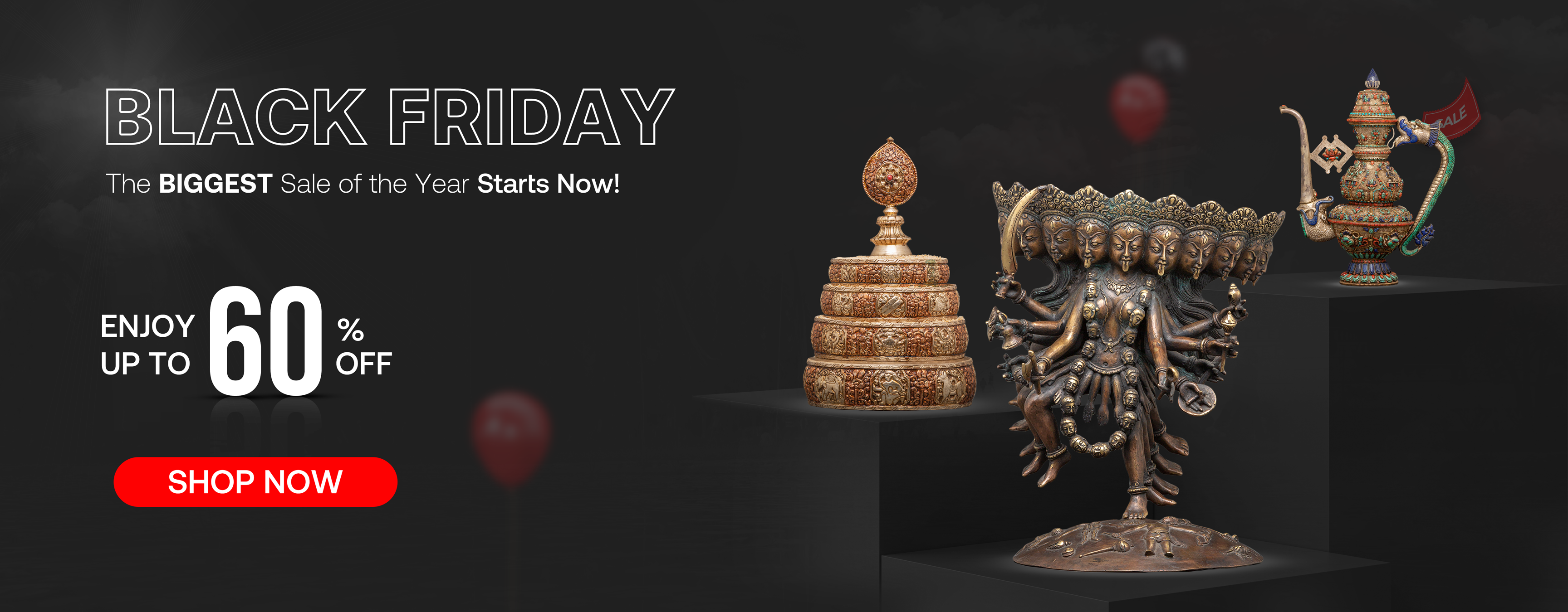
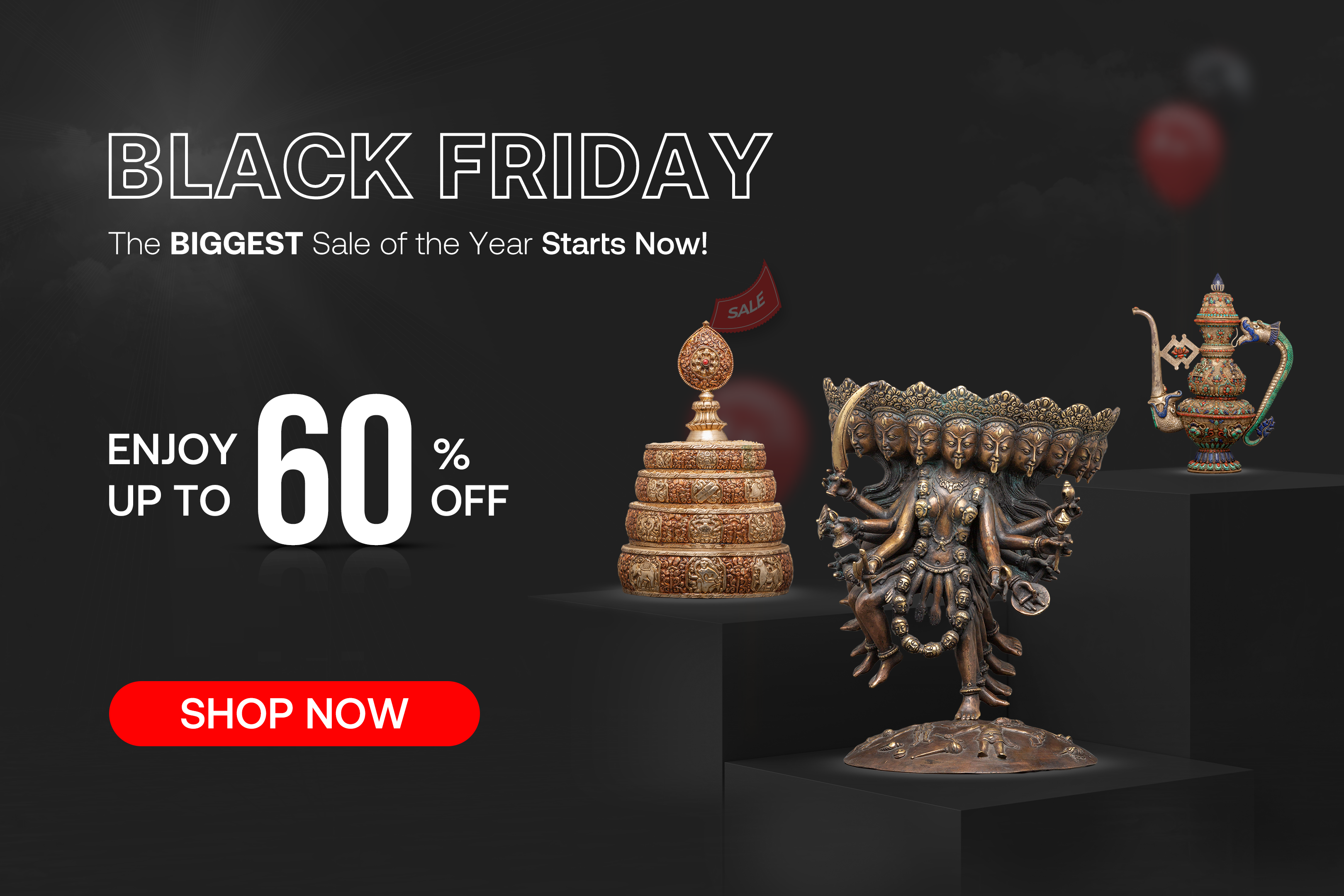



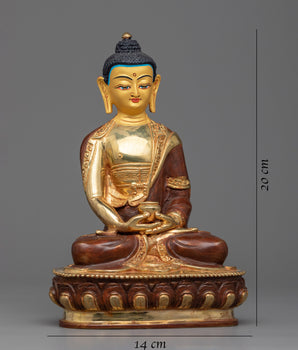
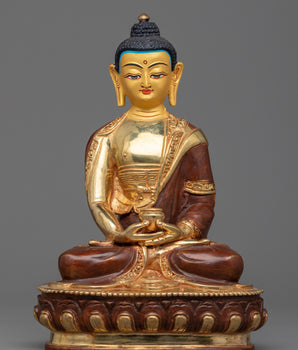

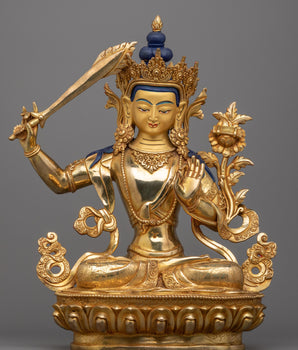
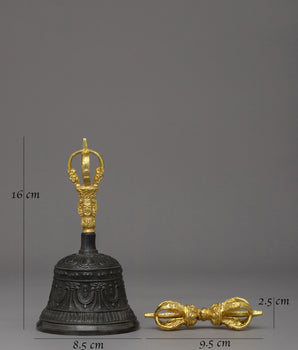

Thank you so much for writing this detailed and insightful article on why Mahākāla and Bhairava are not the same. I truly appreciate the way you traced their origins, lineages, and iconography — you’ve clarified a lot of concepts that are often misunderstood or conflated. Your explanations are not only well-researched but also presented with sensitivity and respect for the deeper spiritual meanings.
Reading this has deepened my understanding of both deities, and I feel more connected to their unique roles in the tradition. Thank you for sharing your wisdom and for making complex theology accessible. I look forward to reading more from your blog.
With gratitude,
Antique Buddhas
https://www.buddha-statues.info